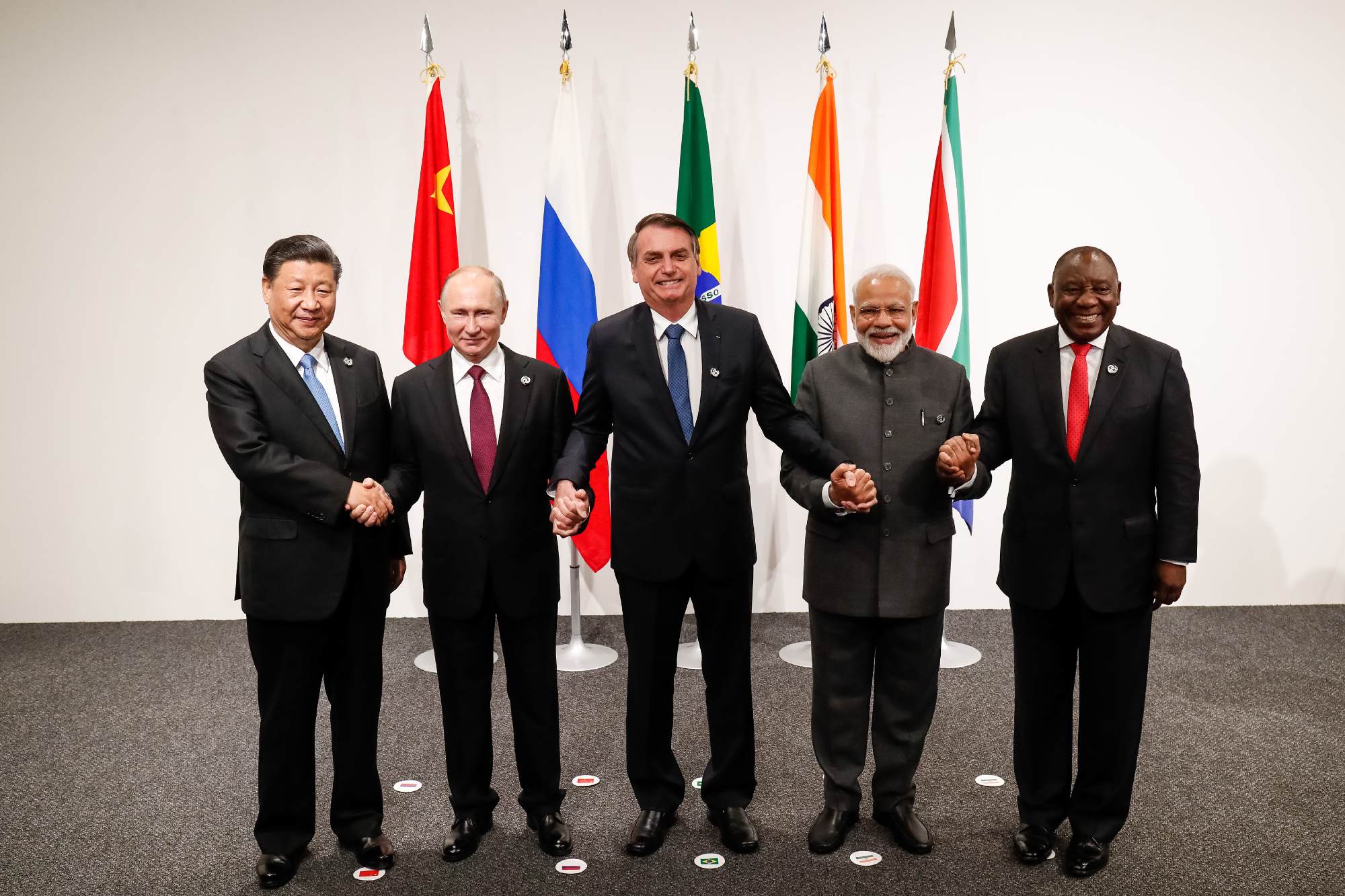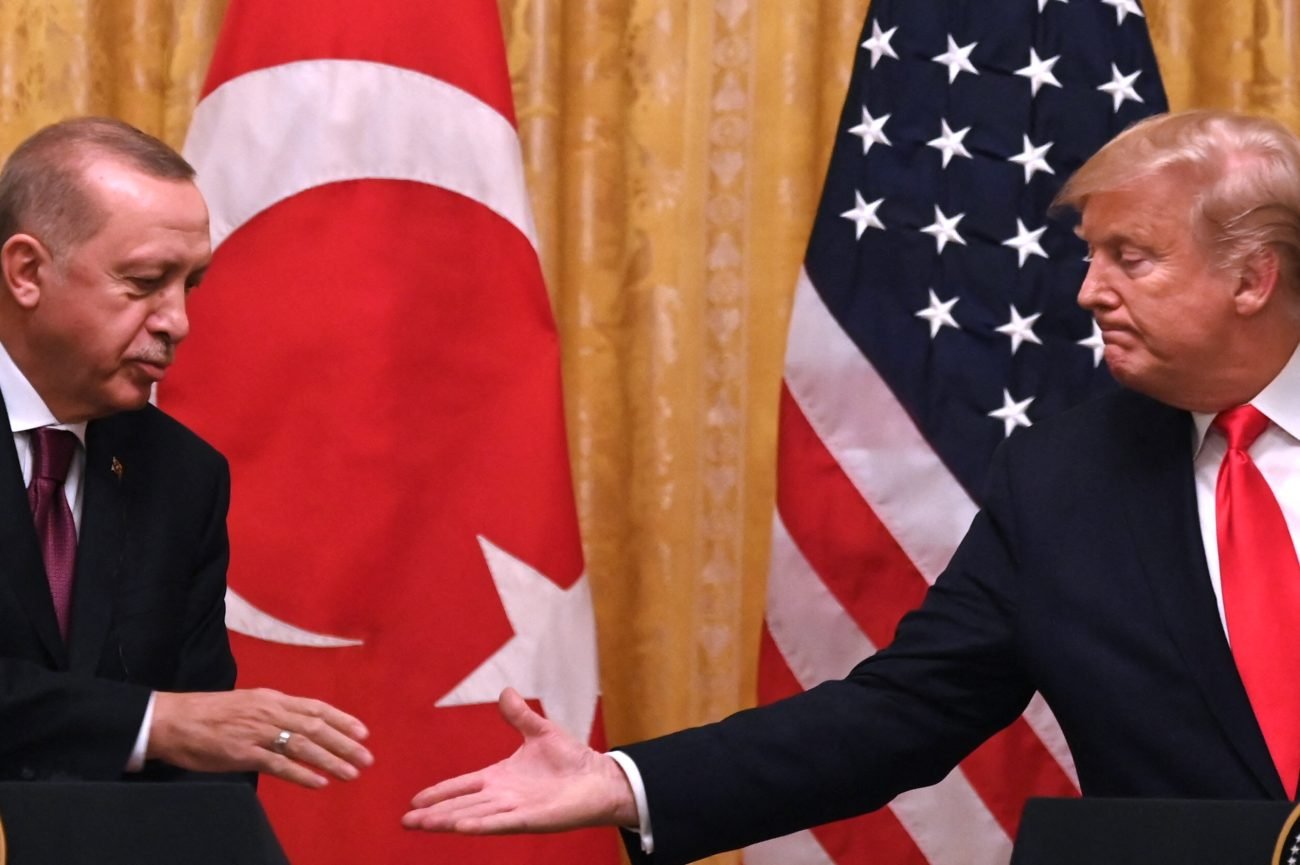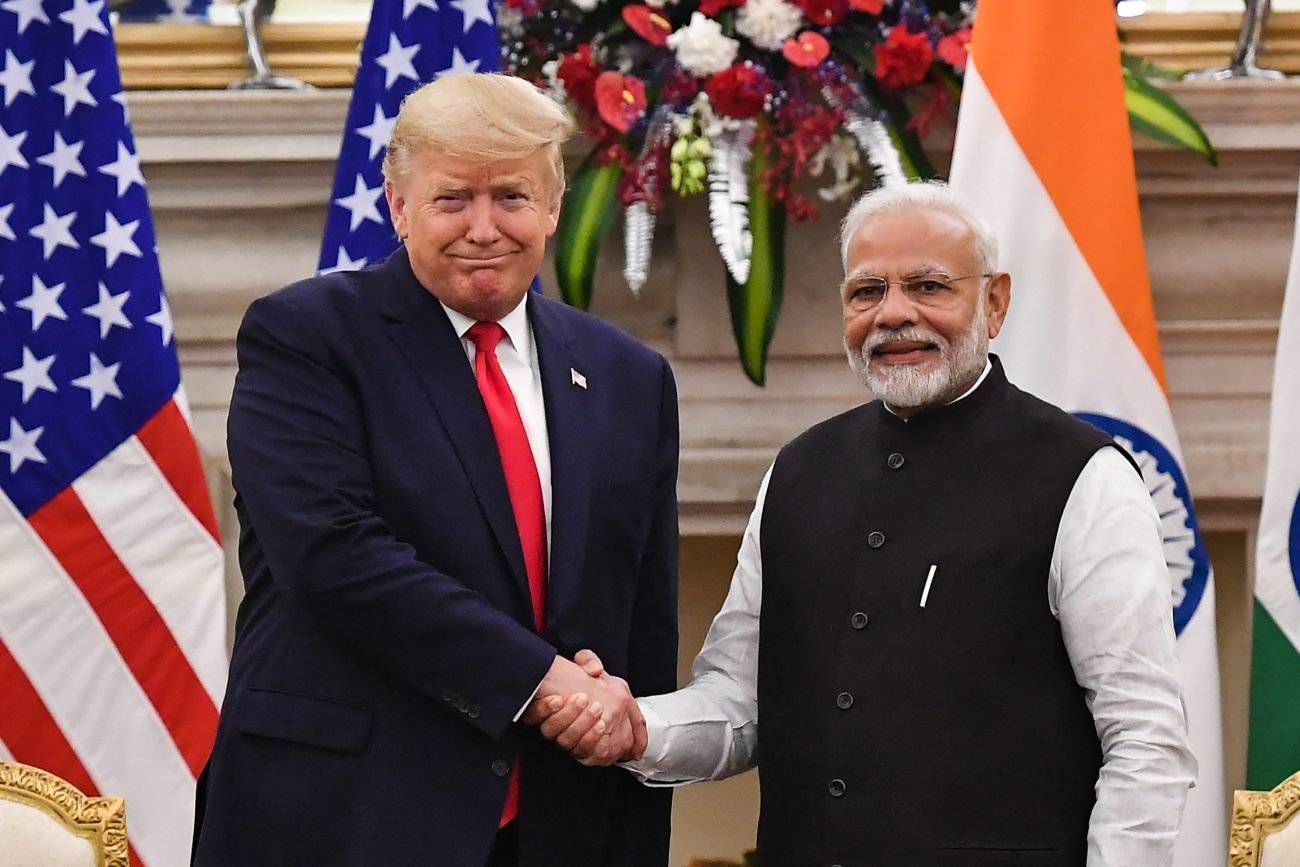Ahead of Chinese President Xi Jinping’s Brazil visit on November 20, Brasilia has junked China’s Belt and Road Initiative (BRI), becoming the second BRICS country after India to reject Beijing’s multi-billion dollar venture.
Earlier in December 2023, Italy, the only G7 country to have signed for BRI, also withdrew from China’s vast infrastructure initiative.
This move by Brazil—an influential player in the BRICS bloc—signals rising concerns about the long-term implications of China’s expanding global footprint through the BRI.
Prioritizing Strategic Autonomy
Under President Lula da Silva’s leadership, Brazil seeks to strengthen its ties with China while avoiding the formal commitments associated with joining the BRI.
Brazilian officials are actively pursuing Chinese investments without formal accession to the BRI, reflecting the country’s desire to maintain strategic autonomy while exploring various infrastructure and trade projects with China.
Ruffled By China “Stealing” Its Tech, Top American Firm Changes Its Policy To Help U.S. Gain A.I. Supremacy
In an interview with the Brazilian newspaper O Globo, Celso Amorim, Brazil’s special presidential adviser for international affairs, emphasized that Brazil aims to “elevate its relationship with China to a new level without signing an accession contract.”
He clarified that Brazil does not view Chinese trade and infrastructure projects as “an insurance policy,” stating, “We are not entering into a treaty.”
Amorim further explained Brazil’s rationale for refusing to join the BRI, noting that the country has identified specific priority projects that may not align with Chinese interests.
“They can call it the Belt [and Road] and give it whatever name they want, but the important thing is that there are projects Brazil has prioritized that may or may not be accepted by Beijing,” he said.
Interestingly, Brazilian officials, including Amorim and President Lula da Silva’s chief of staff, Rui Costa, traveled to Beijing last year to discuss the BRI. However, they returned unimpressed by China’s offers, highlighting the initiative’s growing challenges and the shifting perceptions of its long-term value among partner countries.
Brazil’s Ministries of Foreign Affairs and Economy have also expressed skepticism about the BRI’s tangible benefits, questioning the initiative’s strategic relevance to the country’s national interests.

Foto: Alan Santos / PR
Balancing Trade & Partnerships
Like India, Brazil wants to avoid being drawn into the power struggle between the two superpowers and maintain its strategic autonomy.
There are growing concerns that participation in the BRI could complicate relations with future U.S. administrations, particularly if Donald Trump wins the presidency. Trump’s historical opposition to China raises stakes for nations involved in the BRI.
In light of these changing geopolitical scenarios, Brazil is prioritizing its infrastructure projects and seeking flexible collaborations with Chinese investors that align with its developmental goals, steering clear of entanglements that might jeopardize its strategic autonomy.
Comparison Of Brazil’s Trade With The US & China
Brazil is the world’s eighth-largest economy, and it counts the United States as its second-largest trading partner. In 2023, trade with the US totaled $74.8 billion, with exports at $37.9 billion (down 26% from 2022) and imports at $36.9 billion (down 2%).
Exports to Brazil accounted for 2.3% of total US exports, while imports from Brazil made up 1.2%. In May 2024, Brazil and the US agreed to enhance trade and investment.
Conversely, China has been Brazil’s largest trading partner for 14 consecutive years. Brazil was the first Latin American country to surpass $100 billion in annual trade with China.
In 2023, bilateral trade volume reached $181.53 billion, up 6.1% year-on-year. China’s exports to Brazil were $59.11 billion (down 4.3%), while imports from Brazil rose to $122.42 billion (up 11.9%).
The Evolving BRICS+ Dynamics
BRICS is an acronym for a coalition of five major emerging economies: Brazil, Russia, India, China, and South Africa. Subsequently, Egypt, Ethiopia, Iran, and the United Arab Emirates joined the group. BRICS nations convene to address critical issues across three pillars: political and security, economic and financial, and cultural and people-to-people exchanges.
Reports indicate that China accounts for 70% of the combined GDP of BRICS, establishing it as a dominant force within the group. However, this economic imbalance does not affect the cohesion of BRICS+ since the BRI is a Chinese initiative, not a collaborative effort of BRICS+.
Member nations can engage with China while pursuing their national interests and participating in the broader goals of BRICS+. Brazil, in particular, has taken a cautious and strategic stance in its relationship with China, affirming its independent foreign policy to enhance economic development and diversify international partnerships.
What Is The BRI & Why Is It Failing?
The BRI, a multibillion-dollar infrastructure project often referred to as Xi Jinping’s signature initiative, aims to create a global network of trade and investment.
Launched in 2013, the BRI seeks to revive the ancient Silk Road by connecting Asia with Europe and Africa through a vast array of railways, highways, ports, airports, and other infrastructure projects. The initiative encompasses over 150 countries, including 22 in Latin America, and is also referred to as a modern “Silk Road.”
However, the BRI is facing significant challenges. Unmet promises, environmental degradation, and a strategic reassessment of China have led many countries to reconsider their involvement.
China’s lending practices have turned it into the world’s largest debt collector, with many investments resulting in “debt traps,” particularly for developing nations.
India’s Cautious Stance On The BRI
India’s participation in BRICS underscores its strategy to balance its ties between Western-led and Global South platforms. This allows New Delhi to strengthen ties with the United States while engaging with a grouping where Russia and China hold sway.
Notably, India was the first country to express reservations about the BRI and has consistently opposed it. India refuses to join the BRI, citing the lack of a level playing field for its businesses.
Strained Indo-China relations, marked by bilateral trade imbalance and border tensions, have further shaped India’s negative perception of the initiative. Additionally, India opposes the BRI because the China-Pakistan Economic Corridor (CPEC) runs through Pakistan-occupied Kashmir (PoK), which India considers a violation of its territorial integrity.
Furthermore, India views the BRI as a form of Chinese neo-colonialism, with projects that trap smaller nations in crippling debt cycles, harm local ecosystems, and disrupt communities.
BRI projects, such as the controversial 99-year lease of Hambantota Port in Sri Lanka as part of a debt swap, exemplify the financial crises that can arise from such arrangements. India is concerned that these unsustainable debts render partner countries vulnerable to Chinese influence and undermine their sovereignty.
A Major Blow To China’s Ambitious Project
Brazil and India’s divergence from the BRI highlights the growing unease surrounding China’s ambitious global infrastructure program.
India has been vocal in its criticism of BRI projects, advocating for adherence to international norms, good governance, and principles of transparency and financial sustainability. The BRI is often perceived as China leveraging its infrastructural, intellectual, and economic advantages to strengthen political ties with capital-importing countries.
Recognizing these dynamics, Brazil’s decision to follow India’s path reflects a strategic choice to assert its geopolitical interests while navigating the complexities of global partnerships.
- Shubhangi Palve is a defense and aerospace journalist. Before joining the EurAsian Times, she worked for ET Prime. In this capacity, she focused on covering defense strategies and the defense sector from a financial perspective. She offers over 15 years of extensive experience in the media industry, spanning print, electronic, and online domains.
- Contact the author at shubhapalve (at) gmail.com







